Before selecting your favored four to go on a Mount Rushmore list of mountain golf courses, you really need to think about what a mountain course is and isn’t. How do you define it, what counts, and what doesn’t?
Google the term “mountain golf course” and you’ll find a lot of courses that you, personally, would never consider to be a mountain course. Depending on where in the world you are, what you’ve been browsing lately, what you’ve clicked on, who’s paid the most to appear at the top of your search, and various other factors, you might look for mountain courses and have Royal County Down, one of the world’s best links courses with the Mourne Mountains as its backdrop, come up as the top choice.
While it surely isn’t enough to be able to see mountains from the course, does it necessarily have to be located at a certain elevation? Do the mountains need to be snow-capped and alpine? Is it a mountain course if located in a mountain range but essentially flat?
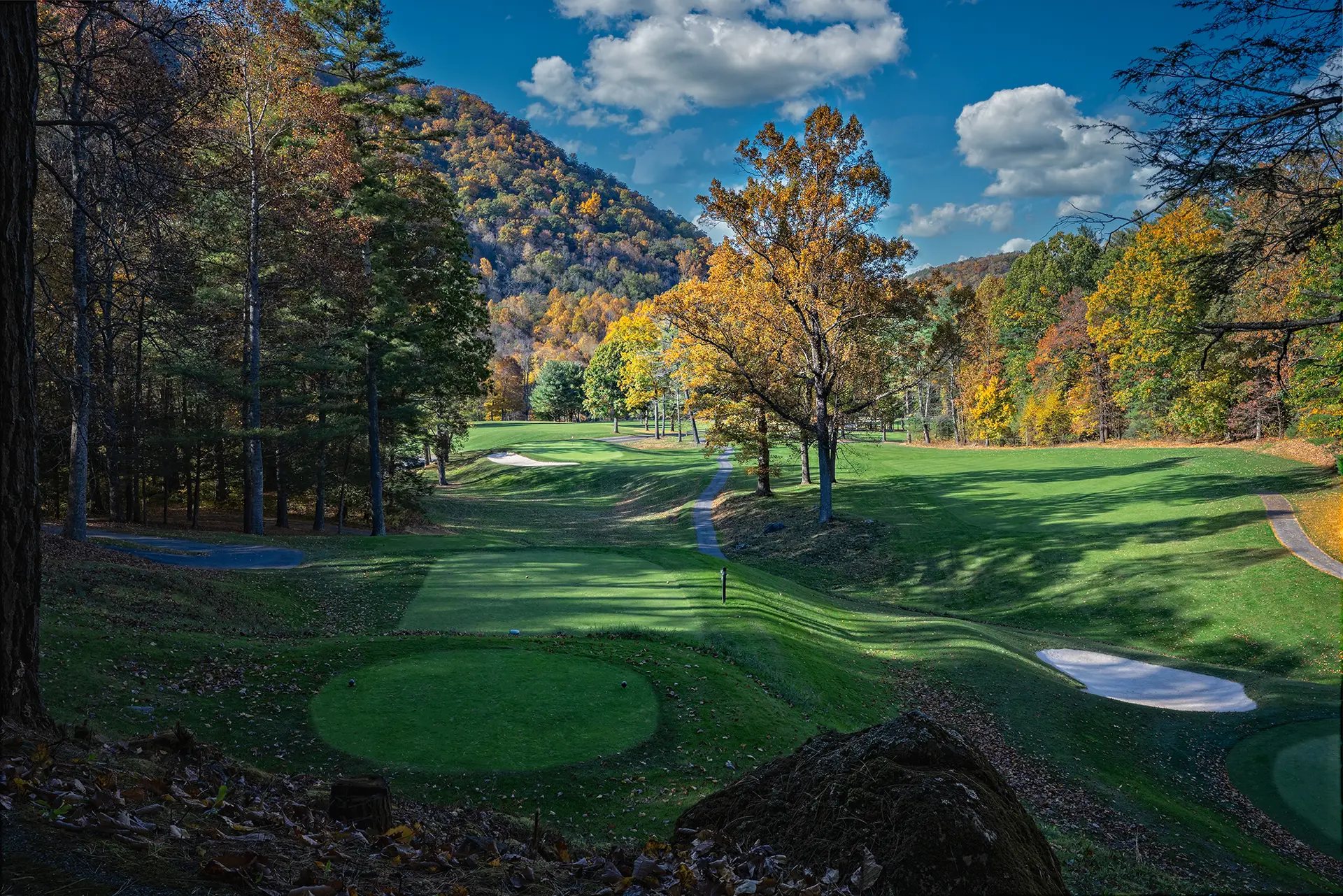
And, as well as the problem of deciding what a mountain course is, very few of them have ever hosted prestigious tournaments because getting the necessary infrastructure up to them is difficult and expensive, and there’s no guarantee of attracting enough people. That means they may lack noteworthy histories.
Omni Bedford Springs in Pennsylvania’s Allegheny Mountains and the Old White course at the Greenbrier in West Virginia’s Alleghenies are both superb courses that go back a ways—130 years and 111 years, respectively—but, between them, they have hosted one USGA event—the 1922 U.S. Women’s Amateur at The Greenbrier. The Greenbrier course at The Greenbrier has hosted a Ryder Cup (1979) and a Solheim Cup (1994), and the Old White course was the home of the PGA Tour’s Greenbrier Classic from 2010–19 and hosted a LIV Golf event in 2023, but the resort has seen no majors.
Columbine Country Club in suburban Denver sits at roughly 5,300 feet and hosted the 1967 PGA Championship, while near neighbor (seven miles) Cherry Hills Country Club looks down on it from about 5,500 feet and has hosted three U.S. Opens, two PGA Championships, three U.S. Amateur Championships, and a U.S. Women’s Open. But you wouldn’t call either of them mountain courses.
So, you may need to take one or more of my four picks with a pinch of salt. I assessed the quality of the course, its tournament history, its significance/importance, its elevation and surroundings, how well-known it is, and a lot more in coming to a decision.
The Omni Homestead Resort & Spa (Cascades)—Hot Springs, Va.
William Flynn’s magnificent Cascades course opened in 1923, only 13 months after the Philadelphia-based architect and former superintendent had first walked the site. A good deal of dynamite, tree-clearing, and an extra quarter-acre of land (belonging to the Rubino family) were needed to create the course which has hosted eight USGA championships including a U.S. Amateur and U.S. Women’s Open, with two more coming in the next five years—the 2025 U.S. Senior Women’s Amateur and the 2029 U.S. Senior Amateur.

Castle Pines Golf Club—Castle Rock, Colo.
The brainchild of Jack Vickers—a Colorado energy executive, NHL team co-owner, and philanthropist who envisioned a major championship being played in the Rocky Mountains—Castle Pines was designed by Jack Nicklaus and opened in 1981 in the unincorporated community of Castle Pines Village, 25 miles south of Denver. Though Vickers never got his major, the course did host The International, a modified Stableford event on the PGA Tour, between 1986 and 2006. Winners included Phil Mickelson, Ernie Els, Vijay Singh, and Davis Love III. In 2024, the Tour returned staging a hugely successful BMW Championship, won by Keegan Bradley.
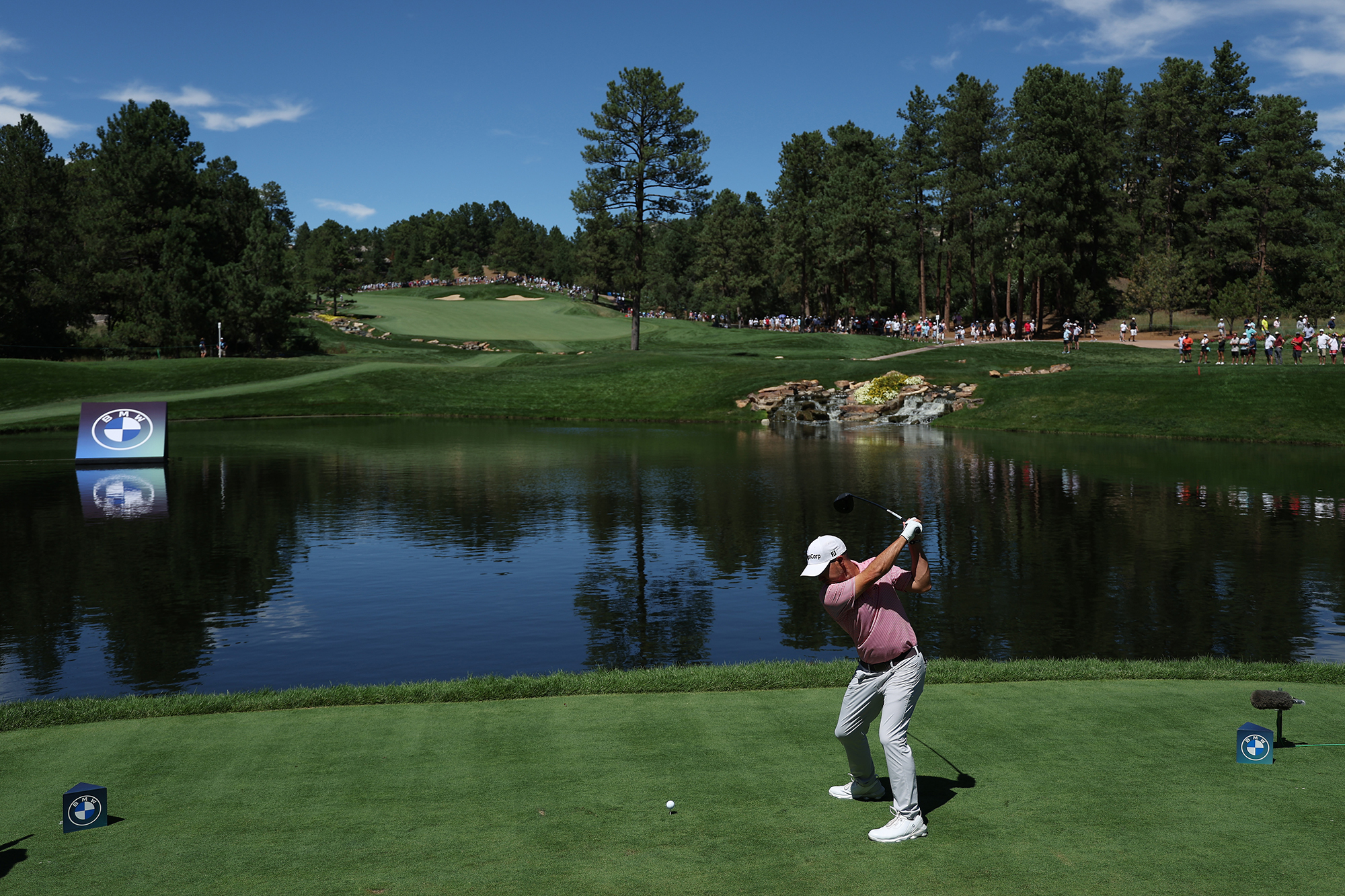
Jasper Park Lodge Golf Club—Jasper, Alberta, Canada
In 1922, Dominion Parks (now Parks Canada) built a simple 9-hole course for the town of Jasper. Construction was so slow, however, Canadian National Railway took over and then commissioned a 31-year-old Stanley Thompson to design an 18-hole course which opened in 1925. Thompson’s superb design took attention away from rival Banff Springs, 180 miles southeast of Jasper on the incredible Icefields Parkway and whose Donald Ross-designed course had been open for two years. The course, whose gorgeous 14th, 15th, and 16th holes cover a thin triangle of land jutting out into Lake Beauvert, is now part of the Fairmont Jasper Park Lodge and located within the Jasper National Park.
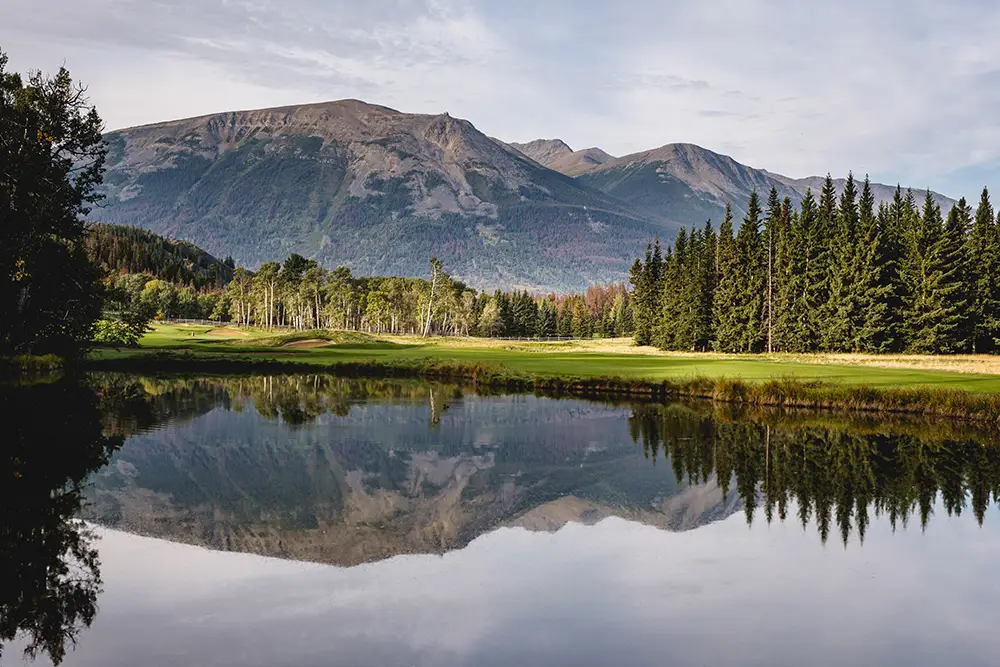
Fairmont Banff Springs Golf Course—Banff, Alberta, Canada
Likewise now part of a Fairmont resort, the golf course at Banff Springs is found inside the slightly older (1885 to 1907) and smaller (2,564 square miles to 4,200 square miles) Banff National Park and began life as a 9-holer with sand greens. It was designed by Bill Thomson and commissioned by the Canadian Pacific Railway. Donald Ross extended the course to 18 holes in 1923 and, five years later, Stanley Thompson—whose reputation had soared following the design of Jasper Park Lodge—completed the first nine holes of the new course which kept only the green site at the 2nd from Ross’s design. The second nine opened in 1929. Today’s 15th, played from a high tee to a beautiful tree-lined valley below, was Thompson’s original opening hole—the switch happening in 1989 when a new clubhouse was built and a third nine added. Thompson’s superb design, the beautiful Bow River, dense lodgepole pines, and jaw-dropping views of the Canadian Rockies is a heady mix, but the par-three 4th (“Cauldron”) is undoubtedly the best-known and most picture-worthy hole on a course full of Instagram moments.

Honorable mentions: Omni Bedford Springs (Pennsylvania); The Greenbrier, Old White (West Virginia); Pikewood National (West Virginia); Naruo (Japan); Capilano (Canada); Crans-sur-Sierre (Switzerland); Himalayan (Nepal); Gokarna Forest (Nepal)
What is on your Mount Rushmore of mountain golf courses?



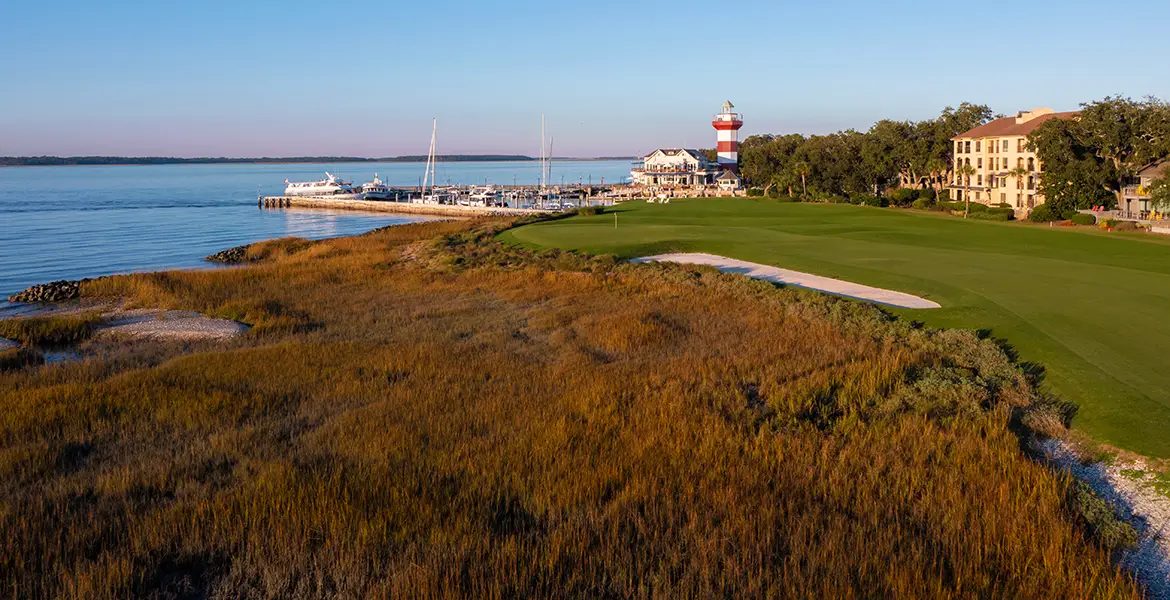

An honorable mention for sure is Currahee Club in Toccoa, GA! A beautiful and challenging layout with a LOT of elevation changes! It isn’t famous but is a lot of fun and enjoyment to play!
Stewart Creek near Banff is a very good golf course with an endless number of jaw-dropping views of craggy peaks emerging on each shot. If you’re playing Banff then this is a must.
Two in North Carolina: Grandfather Mountain and Linville CC.
also, Broadmoor in Colorado.
The Raven at Snowshoe Mountain (Gary Player) is a great mountain course. While I love the Banff and Jasper courses and the Old White, they are really “valley” courses in beautiful mountain settings. In my mind, true mountain courses have lots of ups and downs.
Estes Park Golf Course is not memorable for its golf challenges, but the scenery is spectacular at various times.
Loved Dinosaur Mountain course at Gold Canyon AZ. Beautiful vistas and desert/mountainous scenery . Quite challenging and difficult.
Missing The Mountain Course at Spruce Peak in Stowe VT!
I’d categorize Banff Springs as a course that’s in the mountains, but not a mountain course in terms of how it plays. It’s a spectacular and strategic course, but not a true mountain course, in my view. You could almost say the same about Jasper Park. New England has many courses that would qualify, especially Sugarloaf and Sunday River in Maine. The course at the Fairmont Whistler could also get a nod here, as could Silvertip in Canmore, Alberta, with its dramatic elevation changes on almost every hole. In the Blue Ridge mountains there are some superb mountain courses, including Balsam Mountain Preserve. Lots of terrific mountain courses around — very hard to choose just four.
Paa Ko Ridge Golf Course in Sandia Park, NM is almost 7000 feet above sea level and one of the most beautiful and challenging course you’ll ever play.
How can you leave off The Wade Hampton Club in Cashiers, NC.?? A consensus pick for Tom Fazio’s best mountain layout. Stunning and challenging. Thanks anyway for the interesting piece.
Arrowhead GC, in the redrocks area south of Denver.
Redlands Mesa GC, Grand Junction, CO and Keystone’s 2 courses and Breckenridge GC in Colorado are great mountain courses with thin, dry air no mosquitoes, snakes, poison ivy or oxygen!
Hiwan Golf Club in Evergreen, CO should be considered as a legitimate honorable mention in your Mt. Rushmore of mountain courses, as it sits in the foothills west of Denver, with the 1st tee box at an elevation of 7,665’. Designed by Press Maxwell, Hiwan Golf Club has hosted it’s share of significant tournaments through the years.
The Colorado Open was held at Hiwan Golf Club in Evergreen from 1964 until 1991. Hiwan’s undulating terrain, lightning-quick greens, and majestic pine trees gave the event a very strong resemblance to Augusta National. It’s no wonder the tournament developed a reputation as “The Masters” of state opens. Add to that mix a great field of professionals and some of the country’s finest amateurs and you have all the ingredients for some magical golf.
During the Hiwan years the list of champions included the likes of Dave Hill, Al Geiberger, Willie Wood, Mark Weibe and Steve Jones. Some of the country’s best amateurs came to Colorado for two consecutive weeks to play the Colorado Open at Hiwan and follow that with the Broadmoor Invitational a week later. Peter Jacobsen, Bob Tway, Steve Jones, Corey Pavin, Steve Elkington, Phil Mickelson—all of these players won the low amateur crown at the Colorado Open during the Hiwan years.
Hiwan has hosted two USGA championships; the 1965 US Girls Junior and the 1976 Junior Amateur.
The early 2000’s found Hiwan once again hosting some significant Junior tournaments, featuring some young golfers who are now familiar names. Four AJGA events were held at Hiwan from 2004-2007. AJGA Invitationals in 2004 and 2005, the AJGA Rolex Tournament in 2006, featuring Rickie Fowler, Patrick Reed, Peter Uihlein, Kevin Tway, Ashley Simon and Lizette Salas. The 2007 Rolex Girls Invitational was hosted at Hiwan, featuring Lexi Thompson, a 12 year old who had just qualified to play in the US Women’s Open. 2011 found Hiwan playing host to the Junior America’s Cup with Bryson DeChambeau and Jake Knapp in the field.
Yes, Hiwan Golf Club is a great mountain test of golf.
Bill Asbury
Sequoyah National. Cherokee N.C.